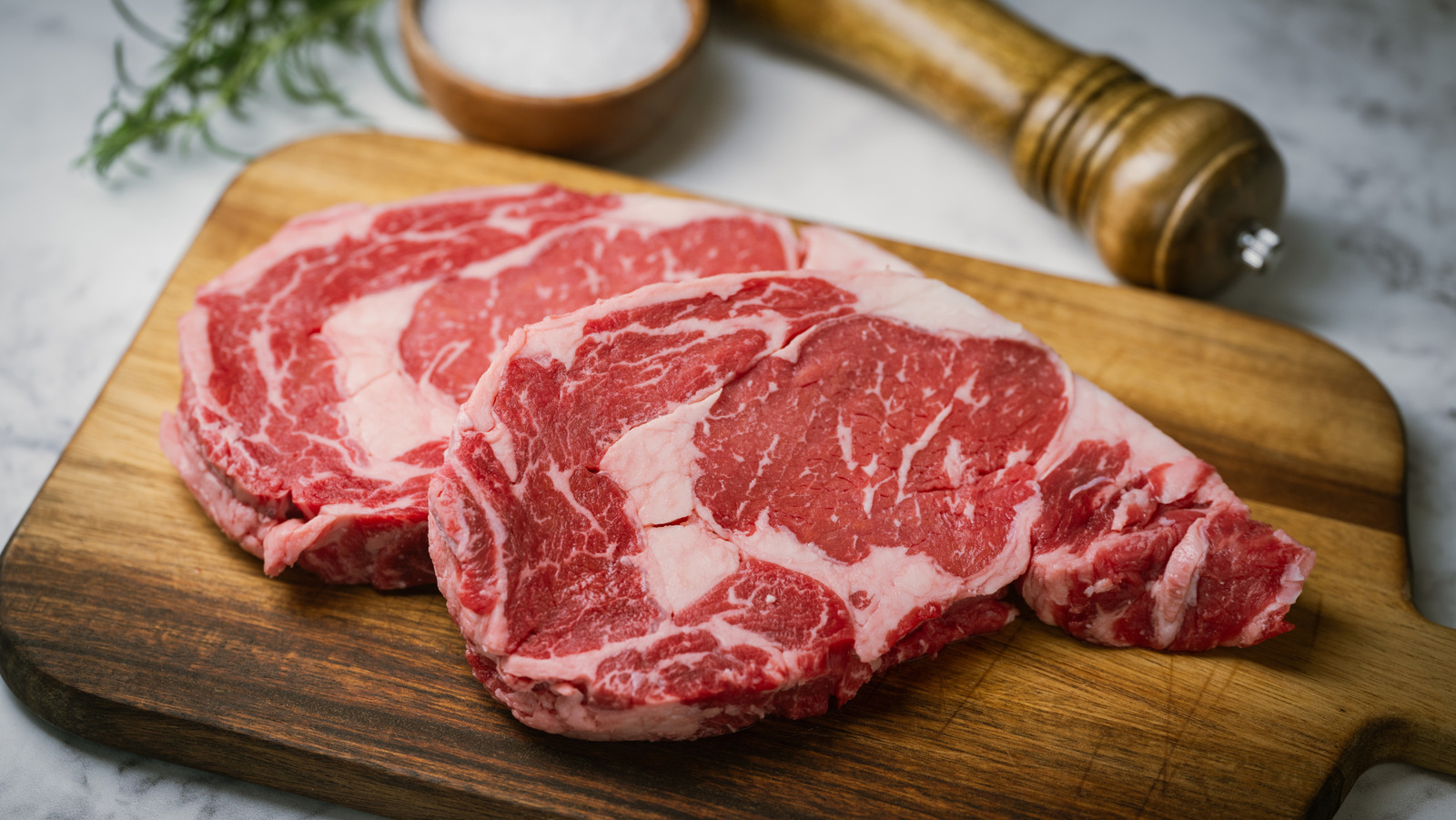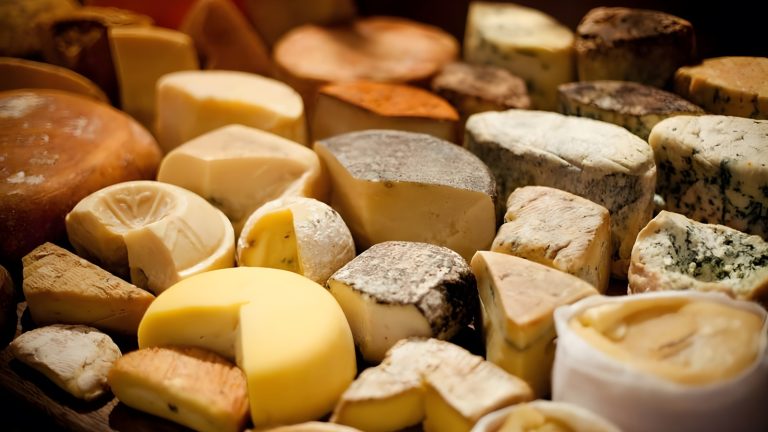Ribeye steak is one of the highest-quality steaks around. It’s coveted for its luscious meat, dappled with marbling, and its unbelievably tender texture when you take a bite. Then you hear someone say “Delmonico steak,” almost with awe, and visions of a thick, juicy, and tender piece of beef decorated with rich fat fissures that promise a buttery flavor and a melty softness take over your senses.
Both ribeye and Delmonico steak are a sensory treat, a luxury worth every cent. But what’s the difference between them? Is there actually a difference? Often, the two are so closely associated that one is interchanged with the other. But yes, there is a difference — a few, in fact. And we’re here to clear it up (to a degree at least).
When measuring the two cuts of meat up against one another, there are three major differences. The first is the thickness. Ribeye tends to come in at around 1 to 1.5 inches thick — a good size for a solid piece of meat. Delmonico, on the other hand, is a good 2 inches thick. Then there’s the marbling. This factor is a bit more tricky to distinguish. The perfect ribeye steak has very visible fat streaks, with thin lines of richness running all over the meat. Delmonico steak has a slightly lower fat content, so the marbling isn’t as pronounced, and you’ll generally see fewer lines that are thinner and run more evenly throughout the piece of meat.
Delmonico steak is quite a mysterious cut of meat
The third difference will be identified when you have a chat with your butcher and find out where the cut of meat comes from on the cow. Ribeye is taken from the rib section of a cow, which doesn’t get much strain and exercise, hence the juicier, fattier meat. Delmonico steak is allegedly found between the 13th rib and loin of the animal. This area is in the same vicinity as the New York strip steak — which is why these two cuts are often interchanged as well. But strip steak is a leaner cut, so you’ll see less marbling there than in your Delmonico.
Now, we say allegedly because the Delmonico name has been applied to different cuts of meat over time. The steak was introduced between 1837 and 1840 when brothers Giovanni and Pietro Delmonico founded Delmonico’s Restaurant. The signature steak was called Delmonico, and it was the absolute finest cut of beef, prepared so expertly that it became famous in the culinary scene.
Since then, butchers and chefs have played around with different cuts, calling them Delmonico if they carried the features associated with a Delmonico steak. These features include a bright red color, an extra-beefy taste, and a more rustic eating experience. The good news is that if you’ve found a Delmonico steak to cook at home, it’ll probably be a bit more affordable than ribeye.






